6ES7511-1AK02-0AB0 S7-1500 CPU 1511-1 PN là bộ điều khiển lập trình logic (PLC) tiên tiến từ Siemens, mang đến giải pháp tự động hóa vượt trội, nâng tầm hiệu suất cho hệ thống sản xuất của bạn.
Với sức mạnh xử lý ưu việt và khả năng kết nối linh hoạt, CPU 1511-1 PN là trái tim của mọi hệ thống điều khiển hiện đại, giúp doanh nghiệp của bạn bứt phá và sẵn sàng cho tương lai của ngành công nghiệp 4.0, khám phá ngay tại thanhthienphu.vn.
1. Cấu tạo sản phẩm
- Bộ xử lý trung tâm (CPU): Là “bộ não” của hệ thống, chịu trách nhiệm thực thi các lệnh chương trình, xử lý dữ liệu và điều khiển các hoạt động của toàn bộ PLC. Bộ vi xử lý của CPU 1511-1 PN được thiết kế để đạt hiệu suất cao, với thời gian xử lý lệnh cực nhanh, giúp giảm thiểu độ trễ và tăng cường khả năng phản ứng của hệ thống.
- Bộ nhớ: Bao gồm bộ nhớ chương trình (lưu trữ chương trình điều khiển) và bộ nhớ dữ liệu (lưu trữ các biến, dữ liệu trung gian và kết quả tính toán). CPU 1511-1 PN có dung lượng bộ nhớ lớn, cho phép lưu trữ các chương trình phức tạp và xử lý lượng lớn dữ liệu.
- Giao diện PROFINET: Cung cấp kết nối mạng tốc độ cao và tin cậy, cho phép CPU 1511-1 PN giao tiếp với các thiết bị khác trong hệ thống tự động hóa, như các module I/O, biến tần, màn hình HMI, và các PLC khác.
- Module I/O: Mở rộng khả năng kết nối của PLC với các thiết bị ngoại vi, như cảm biến, bộ chấp hành, và các thiết bị trường khác. CPU 1511-1 PN hỗ trợ nhiều loại module I/O khác nhau, cho phép người dùng tùy biến hệ thống theo nhu cầu cụ thể.
- Nguồn cấp: Cung cấp nguồn điện ổn định cho CPU và các module I/O.
- Vỏ bảo vệ: Bảo vệ các thành phần bên trong khỏi các tác động của môi trường, như bụi, độ ẩm, và rung động.
2. Các tính năng chính của sản phẩm
Hiệu suất vượt trội:
- Thời gian xử lý lệnh nhanh chóng (60 ns cho lệnh bit, 12 ns cho lệnh từ, 16 ns cho lệnh số thực) giúp hệ thống phản ứng nhanh nhạy với các thay đổi, đảm bảo hoạt động chính xác và ổn định.
- Bộ nhớ chương trình và dữ liệu lớn cho phép xử lý các ứng dụng phức tạp, với nhiều biến và dữ liệu.
Kết nối linh hoạt:
- Giao diện PROFINET tích hợp hỗ trợ truyền thông tốc độ cao, thời gian thực, cho phép kết nối dễ dàng với các thiết bị khác trong hệ thống.
- Hỗ trợ nhiều giao thức truyền thông khác nhau, giúp tương thích với nhiều loại thiết bị và hệ thống hiện có.
Tích hợp Web server:
Cho phép người dùng truy cập và giám sát hệ thống từ xa thông qua trình duyệt web, giúp đơn giản hóa việc quản lý và bảo trì.
Chức năng bảo mật:
- Bảo vệ quyền truy cập: Ngăn chặn truy cập trái phép vào hệ thống, bảo vệ dữ liệu và chương trình điều khiển.
- Bảo vệ know-how: Ngăn chặn sao chép và sử dụng trái phép chương trình điều khiển, bảo vệ tài sản trí tuệ của doanh nghiệp.
Dễ dàng lập trình và cấu hình:
- Phần mềm lập trình TIA Portal (Totally Integrated Automation Portal) cung cấp một môi trường lập trình thống nhất, trực quan và dễ sử dụng, giúp giảm thiểu thời gian và công sức phát triển ứng dụng.
- Hỗ trợ nhiều ngôn ngữ lập trình khác nhau, bao gồm Ladder Diagram (LAD), Function Block Diagram (FBD), Structured Text (ST), và Sequential Function Chart (SFC).
Khả năng mở rộng:
- Hỗ trợ nhiều module I/O khác nhau, cho phép người dùng mở rộng hệ thống theo nhu cầu.
- Có thể kết nối với các PLC khác trong hệ thống, tạo thành một mạng lưới điều khiển phân tán.
Độ tin cậy cao:
- Thiết kế chắc chắn, chịu được các điều kiện khắc nghiệt của môi trường công nghiệp.
- Tích hợp các chức năng chẩn đoán lỗi, giúp phát hiện và khắc phục sự cố nhanh chóng.
3. Hướng dẫn kết nối sản phẩm với phần mềm
Chuẩn bị:
- Đảm bảo bạn đã cài đặt phần mềm TIA Portal phiên bản phù hợp trên máy tính.
- Chuẩn bị cáp Ethernet (RJ45) để kết nối CPU với máy tính.
- Đảm bảo CPU 1511-1 PN đã được cấp nguồn.
Kết nối phần cứng:
- Cắm một đầu cáp Ethernet vào cổng PROFINET trên CPU 1511-1 PN.
- Cắm đầu còn lại của cáp vào cổng Ethernet trên máy tính.
Cấu hình địa chỉ IP:
- Trên máy tính, mở Control Panel và truy cập Network and Sharing Center.
- Chọn Change adapter settings.
- Nhấp chuột phải vào kết nối Ethernet và chọn Properties.
- Chọn Internet Protocol Version 4 (TCP/IPv4) và nhấp vào Properties.
- Chọn Use the following IP address và nhập địa chỉ IP, subnet mask, và default gateway phù hợp với mạng của bạn.
Lưu ý:
- Địa chỉ IP của máy tính và CPU phải cùng lớp mạng, nhưng khác nhau. Ví dụ:
- Máy tính: 192.168.0.1, Subnet mask: 255.255.255.0
- CPU 1511-1 PN: 192.168.0.2, Subnet mask: 255.255.255.0
Mở TIA Portal và tạo dự án mới:
- Khởi động TIA Portal.
- Chọn Create new project.
- Đặt tên cho dự án và chọn đường dẫn lưu trữ.
- Chọn loại thiết bị là SIMATIC S7-1500 và chọn CPU 1511-1 PN (6ES7511-1AK02-0AB0).
Kết nối với CPU:
- Trong cửa sổ dự án, nhấp vào Online access.
- Chọn loại kết nối là PN/IE.
- Chọn card mạng tương ứng với kết nối Ethernet của bạn.
- Nhấp vào nút Start search để tìm kiếm CPU.
- Khi CPU được tìm thấy, chọn nó và nhấp vào nút Go online.
Tải cấu hình xuống CPU:
- Sau khi kết nối thành công, bạn có thể tải cấu hình phần cứng và chương trình điều khiển xuống CPU.
- Nhấp vào nút Download to device.
4. Cách lập trình sản phẩm
Tạo chương trình chính (OB1):
- Trong cây thư mục dự án, nhấp đúp vào Program blocks.
- Nhấp đúp vào Add new block.
- Chọn Organization block (OB) và đặt tên là OB1.
- Chọn ngôn ngữ lập trình, ví dụ Ladder Diagram (LAD).
Thêm các khối chức năng (FB, FC):
- Nếu chương trình của bạn phức tạp, bạn có thể chia nhỏ thành các khối chức năng để dễ quản lý.
- Tạo các khối chức năng bằng cách nhấp đúp vào Add new block và chọn Function (FC) hoặc Function Block (FB).
Viết chương trình:
- Sử dụng các biểu tượng và lệnh trong TIA Portal để viết chương trình điều khiển.
- Ví dụ, để điều khiển một đầu ra (output) dựa trên trạng thái của một đầu vào (input), bạn có thể sử dụng lệnh Coil (cuộn dây) và Contact (tiếp điểm).
Tạo các biến (tags):
- Trong cây thư mục dự án, nhấp đúp vào PLC tags.
- Tạo các biến để đại diện cho các đầu vào, đầu ra, và các biến trung gian.
Biên dịch và tải chương trình xuống CPU:
- Sau khi viết xong chương trình, nhấp vào nút Compile để kiểm tra lỗi.
- Nếu không có lỗi, nhấp vào nút Download to device để tải chương trình xuống CPU.
Kiểm tra và gỡ lỗi:
- Sử dụng các công cụ giám sát và gỡ lỗi trong TIA Portal để kiểm tra hoạt động của chương trình.
- Bạn có thể theo dõi giá trị của các biến, trạng thái của các đầu vào/đầu ra, và thực thi chương trình từng bước để tìm và sửa lỗi.
5. Khắc phục một số lỗi thường gặp
Lỗi kết nối:
- Kiểm tra cáp Ethernet, đảm bảo kết nối chắc chắn và đúng cổng.
- Kiểm tra địa chỉ IP của máy tính và CPU, đảm bảo chúng cùng lớp mạng và không trùng nhau.
- Kiểm tra cài đặt tường lửa trên máy tính, đảm bảo TIA Portal không bị chặn.
Lỗi chương trình:
- Sử dụng các công cụ giám sát và gỡ lỗi trong TIA Portal để xác định vị trí và nguyên nhân lỗi.
- Kiểm tra cú pháp chương trình, đảm bảo không có lỗi logic.
- Kiểm tra giá trị của các biến, đảm bảo chúng nằm trong phạm vi hợp lệ.
Lỗi phần cứng:
- Kiểm tra đèn LED báo trạng thái trên CPU, xem có bất kỳ dấu hiệu bất thường nào không.
- Kiểm tra nguồn cấp, đảm bảo điện áp ổn định.
- Nếu nghi ngờ có lỗi phần cứng, hãy liên hệ với nhà cung cấp hoặc trung tâm bảo hành để được hỗ trợ.
Lỗi truyền thông:
- Kiểm tra cấu hình truyền thông trong TIA Portal, đảm bảo các thông số (baud rate, parity, stop bits…) phù hợp với thiết bị kết nối.
- Kiểm tra cáp truyền thông, đảm bảo không bị đứt, gãy, hoặc nhiễu.
Lỗi thẻ nhớ:
- Đảm bảo thẻ nhớ SIMATIC Memory Card (SMC) được lắp đúng cách và không bị hỏng.
- Thử định dạng lại thẻ nhớ.
6. Liên hệ thanhthienphu.vn để được tư vấn
Với nhiều năm kinh nghiệm trong lĩnh vực cung cấp thiết bị và giải pháp tự động hóa, thanhthienphu.vn tự hào là đối tác tin cậy của hàng ngàn kỹ sư, kỹ thuật viên, quản lý kỹ thuật và chủ doanh nghiệp trên khắp cả nước. Chúng tôi không chỉ cung cấp các sản phẩm chất lượng cao, chính hãng từ các thương hiệu hàng đầu như Siemens, mà còn mang đến cho bạn:
- Tư vấn chuyên sâu: Đội ngũ kỹ sư giàu kinh nghiệm của thanhthienphu.vn luôn sẵn sàng lắng nghe, phân tích nhu cầu của bạn và đưa ra những giải pháp tối ưu nhất, phù hợp với đặc thù của từng ứng dụng.
- Hỗ trợ kỹ thuật tận tâm: Chúng tôi cam kết hỗ trợ bạn trong suốt quá trình sử dụng sản phẩm, từ khâu lắp đặt, cấu hình, lập trình, đến bảo trì và sửa chữa.
- Giá cả cạnh tranh: Thanhthienphu.vn luôn nỗ lực mang đến cho bạn những sản phẩm chất lượng với giá cả hợp lý nhất, cùng nhiều chương trình ưu đãi hấp dẫn.
- Dịch vụ hậu mãi chu đáo: Chúng tôi luôn đặt lợi ích của khách hàng lên hàng đầu, với chính sách bảo hành, đổi trả rõ ràng và minh bạch.
Đừng ngần ngại liên hệ với thanhthienphu.vn ngay hôm nay để được tư vấn và hỗ trợ tốt nhất!
- Hotline: 08.12.77.88.99
- Địa chỉ: 20 đường 29, Khu phố 2, Phường Cát Lái, Thành phố Thủ Đức, Thành phố Hồ Chí Minh
- Website: thanhthienphu.vn
Thanhthienphu.vn – Nâng tầm tự động hóa, kiến tạo tương lai!

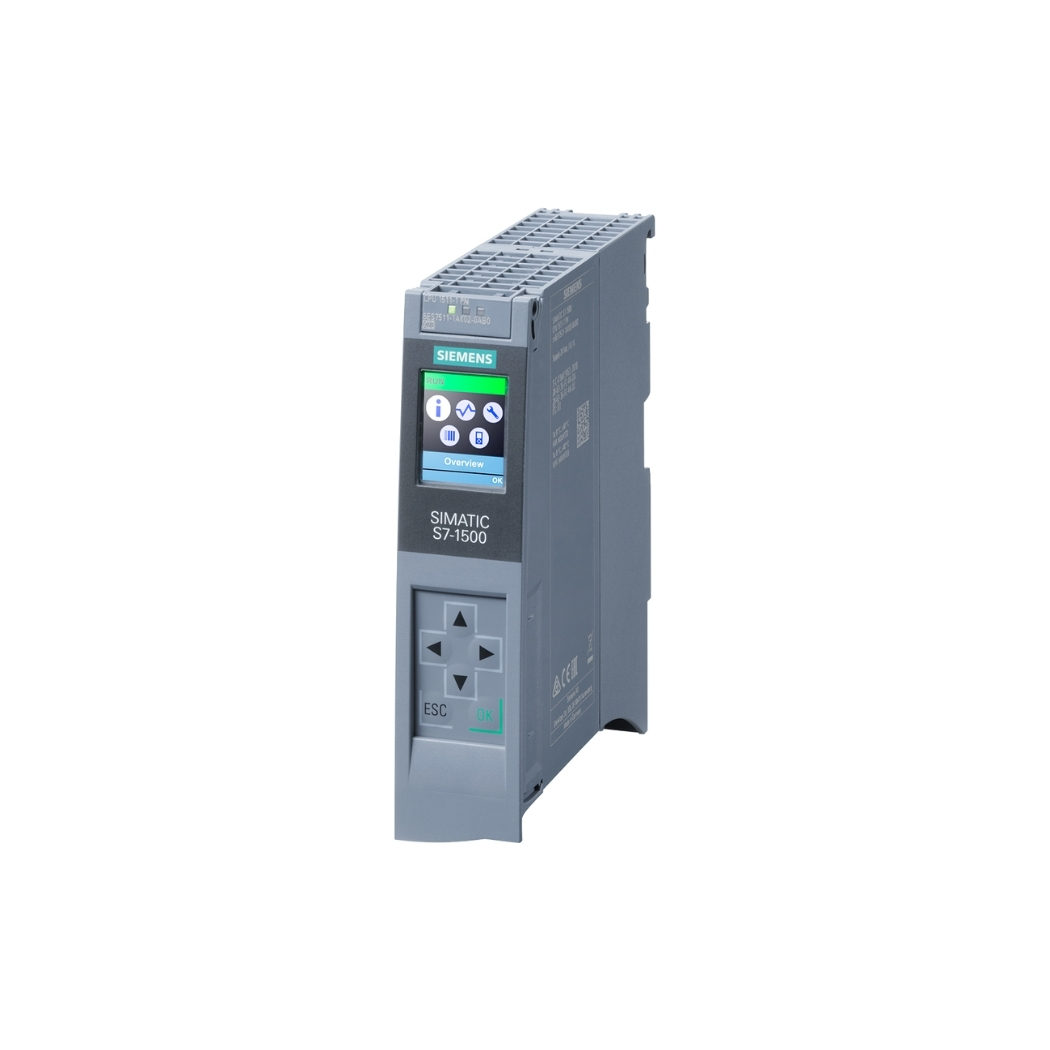


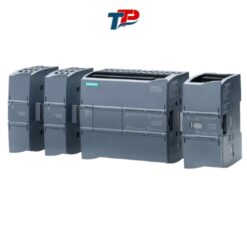
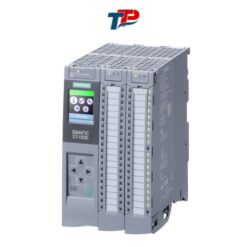
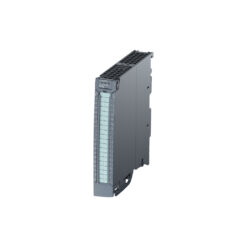
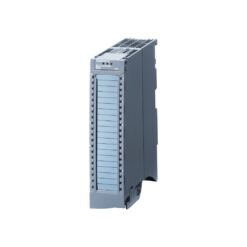
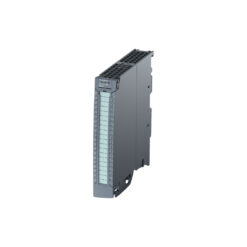
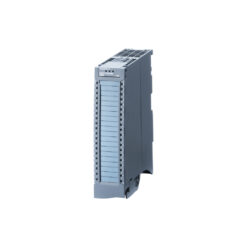
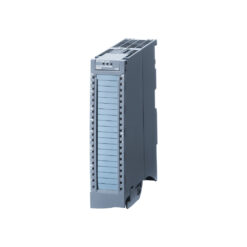
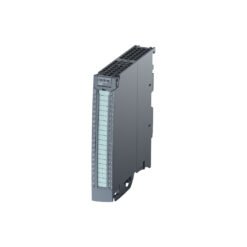
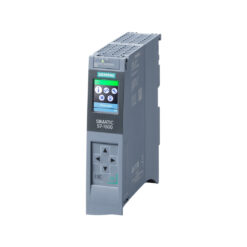
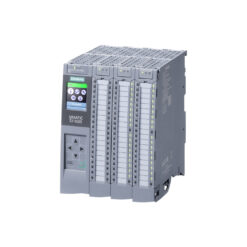
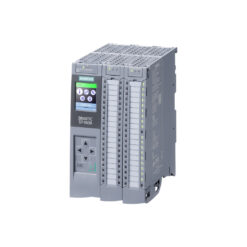
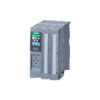
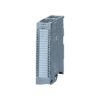
Phạm Nhật Quang Đã mua tại thanhthienphu.vn
Hàng chuẩn đẹp, không có gì để chê, sẽ tiếp tục mua thêm!
Bùi Hoàng Hưng Đã mua tại thanhthienphu.vn
Sản phẩm tốt nhưng giao hàng hơi chậm hơn mong đợi.